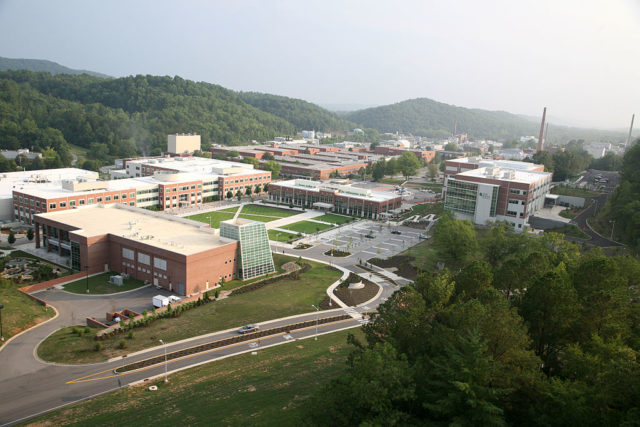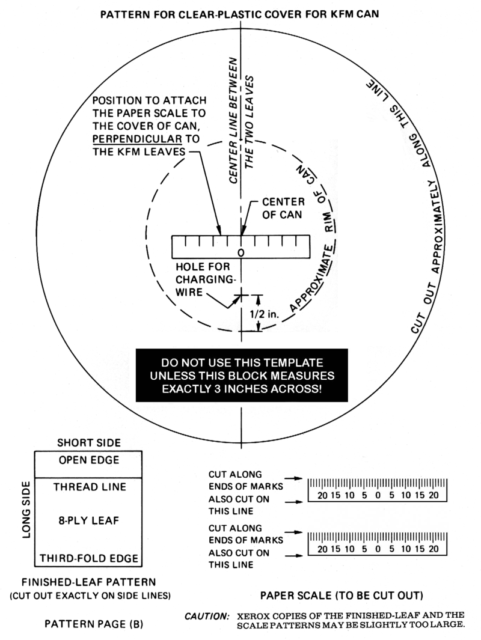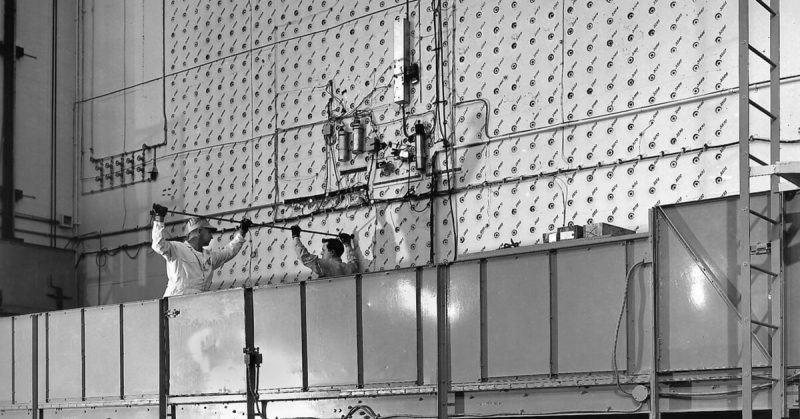In the 1960s and 70s, the world was undergoing a period known as the Cold War. There was a very real threat of a potential nuclear war following the deterioration of relations between China and the USSR referred to as the Sino-Soviet split.
During that time, a scientist known as Cresson Kearny was working at the Oak Ridge National Laboratory, Tennessee, as a civilian advisor to the US Army. While there he carried out research into what would become his most famous work; a guidebook to Nuclear War Survival Skills. It focused on what would happen if the United States was affected by nuclear war, and how to survive the aftermath. Particular attention was paid to the contamination that could occur if there was nuclear fallout in China and what effect it would have if it spread across the Pacific Ocean.
Cresson Kearny had been a star pupil at the Texas Military Institute in the 1930s before attending Princeton University and graduating with a civil engineering degree. He then went on to obtain two degrees in geology from Oxford University. He spent time working as part of an underground group helping anti-Nazis escape Czechoslovakia.
In 1940, Kearny was an infantry reserve lieutenant in the US Army. He volunteered to work in the Office of Strategic Services, as a demolition specialist in southern China. He narrowly evaded capture by the Japanese while there. During that time, he contracted a viral disease, leaving him very ill for years. It did not stop him, though, as he then joined Oak Ridge, and while there made trips to Vietnam during that war.
In addition to containing information he learned during his time at Oak Ridge National Laboratory, the nuclear survival book also included valuable information gained from his travels and time spent living in the jungle. As a geologist, he had worked in the Peruvian Andes and the Orinoco jungles of Venezuela. The US Army incorporated his jungle field rations and hammock as standard equipment for its troops fighting in the tropics. He also made improvements to many other Army items including the Panama-soled jungle boot and the M1942 Machete.

Nuclear War Survival Skills
The book was written from a military or government perspective but the guide assisted everyone to understand how to survive conditions after a nuclear catastrophe. It was very optimistic at how likely survival was in a nuclear war. The book set out the myths associated with nuclear war, as well as anticipating the psychological factors.
Kearny explained how to build a shelter properly and provided designs for six different kinds of earth-covered ones. He gave details on how to cool and ventilate such shelters, with a Kearny air pump which is so easy to make anyone can do it. The pump was inspired by the punkah, a South Asian fan that is still used today during power outages in parts of the world.
Another of his inventions was the Kearny fallout meter, a radiation monitor constructed from household items with very little skill needed. Unlike battery-powered or electric devices, his meter worked with static electricity and was cheaply made. It worked through an electrostatic charge on aluminum foil. As radiation strikes the meter, the foil droops and is measured, which can be interpreted as a rate.

Kearny regarded fire as one of the most-dangerous hazards in a nuclear event – a direct blast and radiation being the worst. He mentions the Bombing of Dresden in WWII when a significant number of deaths occurred due to the inhalation of hot gas and carbon monoxide. He then explained how much water was needed (he listed four to five quarts for drinking). He gave advice on how to store, transport and purify water for drinking, and also how to store large quantities of water for later use.
With regard to food, Kearny recommended a basic vegetarian diet. He predicted that American would probably have enough grain and beans in storage to last at least a year following a nuclear attack. He addressed sanitation, from cleaning water and food to controlling pests to preventing disease and disposing of human waste and the deceased. Some health concerns were also covered.
How was the Book Received?
Kearny’s book was considered almost a necessity on surviving a nuclear event. However, it was criticized for concentrating on only short-term survival, and not long-term. Other critics claimed it was impossible to give good advice about what to do regarding a nuclear fallout as it had never been experienced.
Kearny released the book for the public domain and it can be accessed online. It received an update in 1987, providing information on a nuclear winter, and another update in 2001, on radiation hormesis.
Right up until his death, Kearny stressed the importance of a nuclear fallout plan. He believed that panic would far outweigh the danger to Americans and their families experiencing such an event. He compared it to the London Blitz during WWII stating that once people became acclimatized to the bombs (devastating though they were), they resumed their lives pretty much as usual.
It can be seen throughout his work, that knowledge is the key to survival. Not only in knowing what to do but also in knowing what is and is not harmful – a lesson that is still valuable today.
